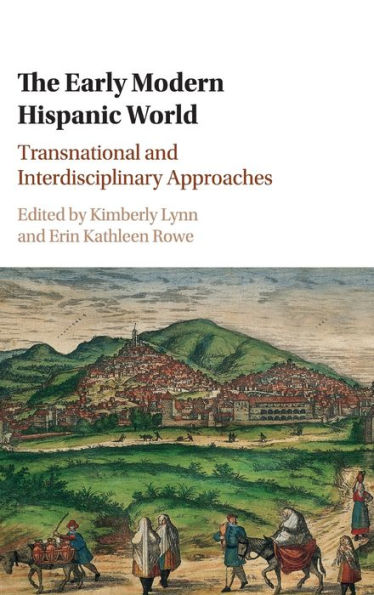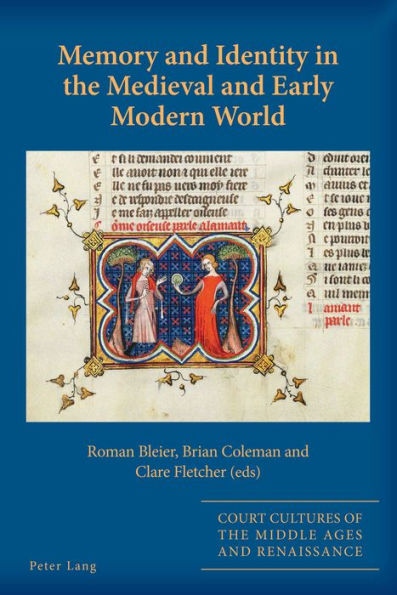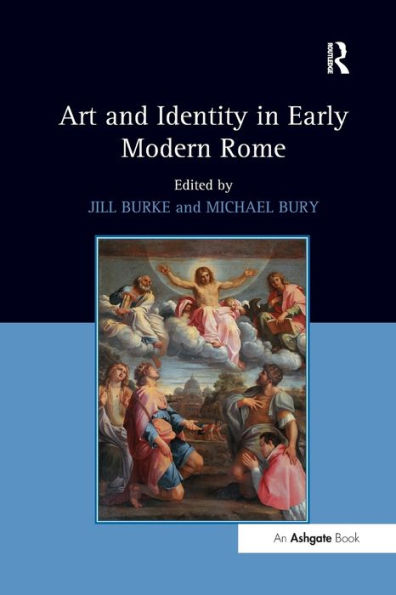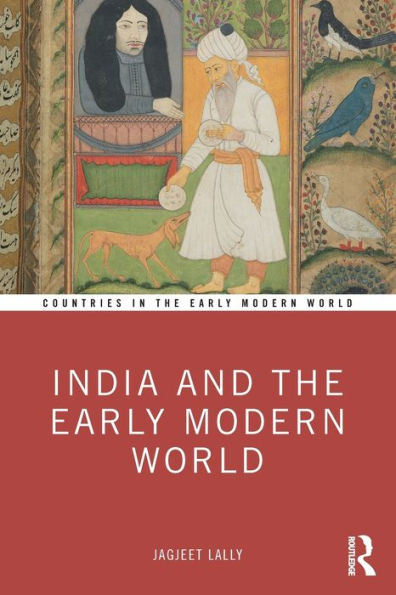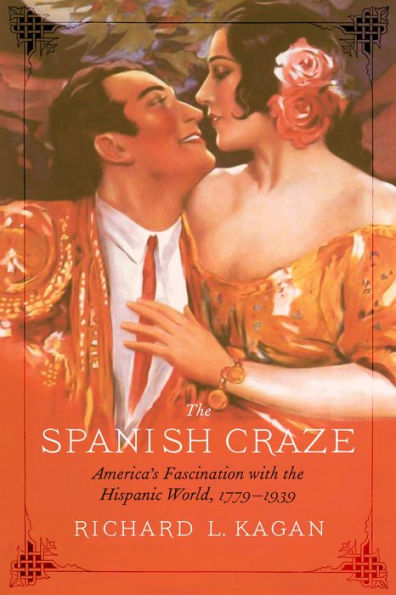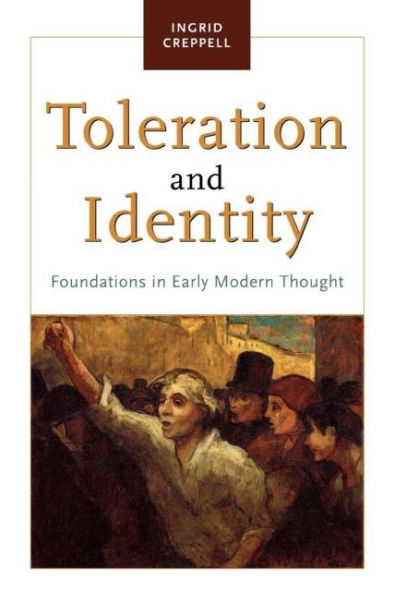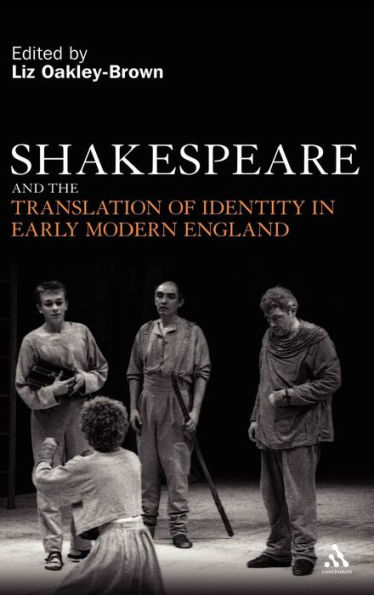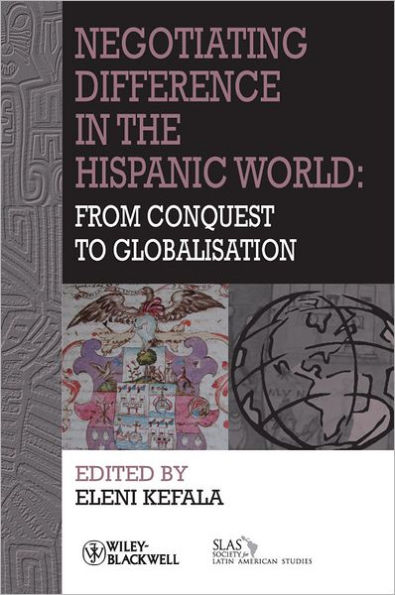Home
Praying to Portraits: Audience, Identity, and the Inquisition Early Modern Hispanic World
Barnes and Noble
Praying to Portraits: Audience, Identity, and the Inquisition Early Modern Hispanic World
Current price: $119.95
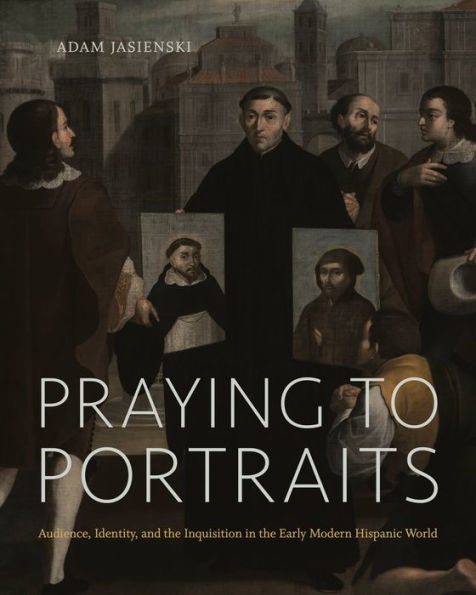

Barnes and Noble
Praying to Portraits: Audience, Identity, and the Inquisition Early Modern Hispanic World
Current price: $119.95
Size: Hardcover
Loading Inventory...
*Product information may vary - to confirm product availability, pricing, shipping and return information please contact Barnes and Noble
In
Praying to Portraits,
art historian Adam Jasienski examines the history, meaning, and cultural significance of a crucial image type in the early modern Hispanic world: the sacred portrait.
Across early modern Spain and Latin America, people prayed to portraits. They prayed to “true” effigies of saints, to simple portraits that were repainted as devotional objects, and even to images of living sitters depicted as holy figures. Jasienski places these difficult-to-classify image types within their historical context. He shows that rather than being harbingers of secular modernity and autonomous selfhood, portraits were privileged sites for mediating an individual’s relationship to the divine. Using Inquisition records, hagiographies, art-theoretical treatises, poems, and plays, Jasienski convincingly demonstrates that portraiture was at the very center of broader debates about the status of images in Spain and its colonies.
Highly original and persuasive,
Praying to Portraits
profoundly revises our understanding of early modern portraiture. It will intrigue art historians across geographical boundaries, and it will also find an audience among scholars of architecture, history, and religion in the early modern Hispanic world.
Praying to Portraits,
art historian Adam Jasienski examines the history, meaning, and cultural significance of a crucial image type in the early modern Hispanic world: the sacred portrait.
Across early modern Spain and Latin America, people prayed to portraits. They prayed to “true” effigies of saints, to simple portraits that were repainted as devotional objects, and even to images of living sitters depicted as holy figures. Jasienski places these difficult-to-classify image types within their historical context. He shows that rather than being harbingers of secular modernity and autonomous selfhood, portraits were privileged sites for mediating an individual’s relationship to the divine. Using Inquisition records, hagiographies, art-theoretical treatises, poems, and plays, Jasienski convincingly demonstrates that portraiture was at the very center of broader debates about the status of images in Spain and its colonies.
Highly original and persuasive,
Praying to Portraits
profoundly revises our understanding of early modern portraiture. It will intrigue art historians across geographical boundaries, and it will also find an audience among scholars of architecture, history, and religion in the early modern Hispanic world.
